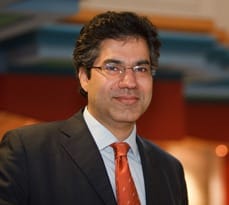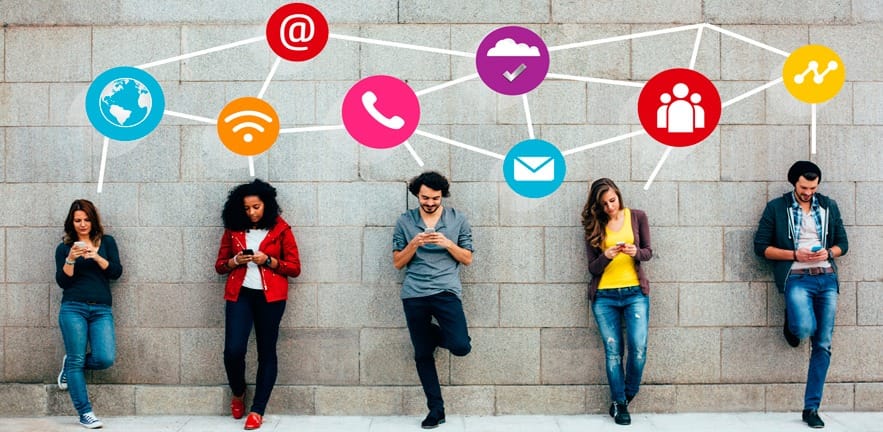Social media is not changing the world, the world is changing social media, writes Dr Kamal Munir, Reader in Strategy & Policy at Cambridge Judge Business School.

Recently, I came across a rather interesting research study conducted by UCL. The study involved nine anthropologists who each spent 15 months living in diverse communities – China, Brazil, Turkey, Chile, India, England, Italy and Trinidad – studying social media and how it was being used in each of these places. The interesting thing was that rather than asking how social media is changing the world, the researchers asked: “How is the world changing social media?”
Reversing the question makes all the difference. The world has been struck – and rightly so – by the power of social media. We have all wondered, at one time or another, how it is changing relationships and communication patterns. What does it mean to have lots of Facebook friends and very few ‘real’ ones? Has Facebook promoted narcissism? Has it destroyed privacy? Is this where rallies and revolutions start now?
These are all valid questions, and worth asking and studying. However, among all this, it is easy to lose sight of something important: How do we go about understanding what social media represents and is capable of? And the answer lies not in the technology or medium itself, but in how it is used.
A key finding of the study is that around the world, social media is used differently, for different purposes, by different demographics – and it is changing over time. Hence the question: How is the world changing social media?
This finding will only come as a surprise if we look for answers within technologies. But how an iPhone comes to be used, or how we use a camera or social media, is not determined by the technology. It is instead, determined by the social world around the technology. Technologies, or the products that they are part of, embody social structures.
Sometimes, this can take on an unsavoury aspect. Early colour films – whose market was overwhelmingly white people – were biased in favour of capturing white skin at the expense of other skin colours; features of black people sometimes had a greenish tinge.
Other biases are seen in various technologies. These could be on the basis of gender, race, height, culture or a host of other variables. Those designing technologies make assumptions about users – will they be primarily men or women? Caucasian or not? Will they use it at home or at work? And so on. And more often than not, they are surprised.
Phone manufacturers and network operators did not think that ‘texting’ would end up being the main revenue driver. Who, they thought, would give up the rich medium of voice for the short, cryptic messages that had to be typed in with such difficulty. Indeed, for a while, network operators did not have a billing mechanism to charge users for the texts they sent and received.
How, when and where cameras were used also depended on the social context. It was OK to take pictures at family events and with friends, but not at more sombre occasions such as funerals. In more hierarchical societies such as India, it was OK to take photos of one’s household help but not for them to take photos of their employer. In other words, existing relations of power determined how these technologies were used.
We should not expect social media to be different. It is not the technology that determines how it will be used, but the users and their social context. The finding of the UCL study that social media is used differently around the world should therefore not come as a surprise to anyone.
Technological products are constructed in use, and the particular manner in which they become part of our lives depends upon how our social world is already structured. This is not to suggest that they do not affect it. Indeed they do. Once they become part of our lives, in whatever manner, our lives too change. In that sense, they also intermediate social relations. An iPhone is not just a communication tool, it is also a status symbol. By owning the latest iPhone one signals one’s status, thereby changing one’s position ever so slightly in one’s social context.
The next time you see a new technology, try to notice how it comes to be used and the meanings people construct around it. You’d be surprised by what you find.


